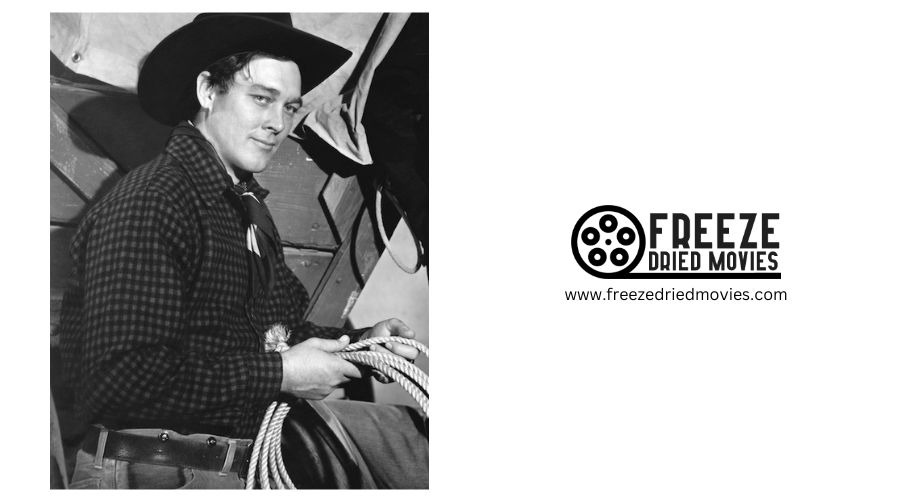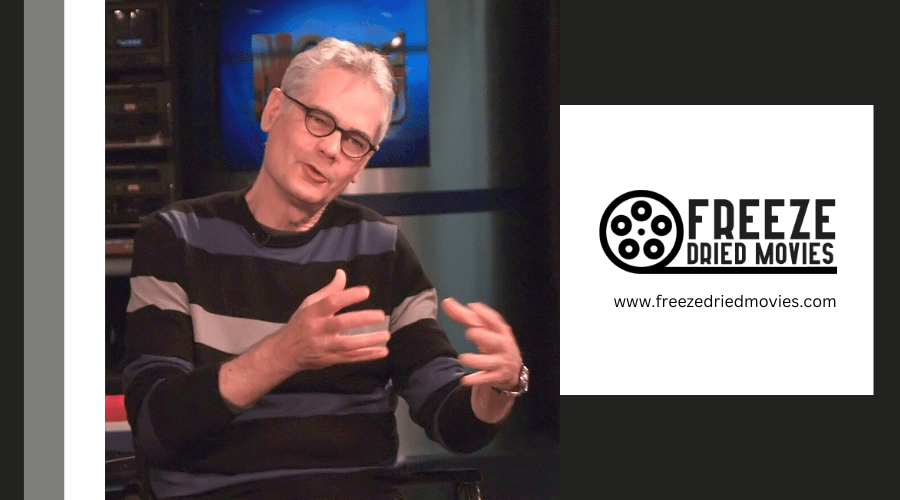Emmanuel Lubezki’s Cinematic Genius: Long Takes, Natural Light, and Oscar History

Emmanuel Lubezki's cinematic genius shines through his unwavering commitment to natural light and revolutionary long takes. You'll recognize his work in the breathtaking 12-minute opening of "Gravity" and the immersive experience of "Birdman." His three consecutive Oscar wins for cinematography (2014-2016) cemented his legacy as one of cinema's greatest visual storytellers. His partnerships with directors like Cuarón, Iñárritu, and Malick reveal how he transforms environmental elements into visual poetry.
Key Takeaways
- Lubezki won three consecutive Academy Awards, demonstrating his unparalleled technical brilliance and artistic vision in cinematography.
- His signature approach uses natural light to create authentic, documentary-like visuals that transform sunlight into a storytelling element.
- Revolutionary long-take techniques in "Gravity" and "Children of Men" minimize cuts for more immersive viewing experiences.
- Partnerships with directors like Cuarón, Iñárritu, and Malick have allowed him to pioneer groundbreaking visual techniques.
- For "The Revenant," he abandoned film for digital, transforming extreme environmental conditions into visual poetry.
The Natural Light Maestro: Lubezki's Signature Approach to Cinematography
Emmanuel Lubezki's revolutionary approach to cinematography begins with his unwavering commitment to natural light. You'll notice in films like "The Revenant" and "Tree of Life" how he captures the ephemeral quality of sunlight filtering through trees or the golden hues of magic hour. Rather than relying on artificial lighting setups, Lubezki embraces the unpredictable nature of available light.
This technique requires meticulous planning and flexibility. He's known to schedule shoots around specific times of day when light conditions align with his vision. What makes Lubezki's work so distinctive is how he transforms natural light into a storytelling element—creating mood, revealing character, and establishing atmosphere. The way light interacts with his subjects isn't just beautiful; it's meaningful. His naturalistic approach gives his films an authentic, almost documentary-like quality while maintaining artistic sophistication.
His innovative methodologies draw inspiration from pioneers like Lon Chaney, who similarly demonstrated how practical creativity could transform the visual language of cinema without relying on elaborate technical resources.
Making History: Three Consecutive Oscar Wins and Their Impact
Lubezki's mastery of natural light laid the groundwork for what would become an unprecedented achievement in film history. Working with director Alejandro González Iñárritu on "Birdman" and "The Revenant," he demonstrated how natural lighting could transform storytelling in cinema.
Lubezki's three consecutive Oscar wins (2014-2016) revolutionized the industry's approach to cinematography. This historic achievement—for "Gravity," "Birdman," and "The Revenant"—wasn't just about personal accolades; it elevated the entire craft. Cinematography was no longer viewed as merely technical but as an essential artistic component of filmmaking.
Lubezki's innovative techniques inspired countless filmmakers to experiment with their visual language. His work proved that technical brilliance combined with artistic vision could create unforgettable cinematic experiences that resonate with both audiences and critics alike.
His remarkable accomplishments place him among the elite cinematographers recognized by The Academy Awards, which remain the foremost and most renowned accolades in the global film industry.
The Revenant's Visual Journey: Challenges of Shooting in Extreme Conditions
When "The Revenant" presented unprecedented challenges in filmmaking history, Lubezki boldly committed to using only natural light throughout the production—with a single exception for a campfire sequence. This artistic choice created an immersive viewing experience that brought you closer to the harsh reality faced by the characters.
The production team abandoned film cameras in favor of the Arri Alexa 65 digital system, which better captured the constantly shifting natural light in extreme conditions. You can see how the freezing environments of Canada and Argentina—which caused illness among crew and gave actors visible breath and purple lips—became integral visual elements rather than obstacles.
Lubezki's clean, texture-free approach established a window-like quality that made the journey evident, transforming environmental hardships into cinematic poetry. His technique represents a modern evolution of the deep-focus cinematography innovations from the 1940s that enabled more complex visual storytelling through precise manipulation of light and depth.
Long Take Magic: Lubezki's Revolutionary Camera Movement Techniques
Through his revolutionary long-take techniques, the cinematic world witnessed Lubezki redefine what's possible with a camera in motion. His signature sequences, like the breathtaking 12-minute opening of "Gravity" and the intense 4-minute car chase in "Children of Men," don't just showcase technical prowess—they fundamentally transform your relationship with the narrative.
When you watch Lubezki's work, you're not just observing scenes; you're living within them. His fluid camera movement creates a window-like experience that dissolves the barrier between viewer and story. Often complemented by his masterful use of natural light, these uninterrupted shots capture life's authentic rhythm in ways traditional editing cannot.
Lubezki's virtuosic long takes have pushed filmmaking's technical boundaries while inspiring countless cinematographers to explore new visual possibilities. Unlike the frame-by-frame precision that Moviola introduced to film editing, Lubezki's approach deliberately minimizes cuts to create a more immersive viewing experience.
Key Director Partnerships: Cuarón, Iñárritu, and Malick Collaborations
Behind every iconic cinematographic vision stands a symbiotic partnership, and at the heart of Emmanuel Lubezki's legendary career lie three transformative director collaborations.
With Alfonso Cuarón, Lubezki pioneered virtual camera techniques in "Gravity," creating an unprecedented sense of realism. His partnership with Alejandro González Iñárritu produced the immersive "Birdman" and pushed natural lighting boundaries in "The Revenant," earning him consecutive Oscars.
Perhaps most distinctive is Lubezki's work with Terrence Malick, beginning with "The New World" and peaking in "The Tree of Life," where their shared vision produced dreamlike, lyrical imagery that's become their artistic signature.
In Malick and Lubezki's collaboration, nature itself becomes cinema's most eloquent storyteller.
These partnerships have given Lubezki the creative freedom to explore his passion for natural light while creating truly immersive cinematic experiences that continue to redefine visual storytelling.
From Film to Digital: How Technology Transformed Lubezki's Artistry
The evolution of Emmanuel Lubezki's visual language paralleled the revolutionary shift from film to digital cinematography. His move wasn't immediate but driven by his quest to match film's 88-key dynamic range in digital formats.
You'll notice Lubezki's genius in his adaptive hybrid approaches—using film for daylight and digital for low-light scenes—maximizing each medium's strengths. This experimental mindset culminated in "The Revenant," where he exploited digital cameras' sensitivity to shoot exclusively with natural light, creating an authentically immersive experience.
Digital technology transformed Lubezki's artistic possibilities, allowing him to capture the ephemeral magic hour moments that previously eluded filmmakers. His technique of underexposing to preserve highlights while later recovering shadow detail demonstrates his technical mastery. Through this technological evolution, Lubezki maintained his artistic vision while embracing new tools that expanded his visual vocabulary.
Visual Storytelling Philosophy: Creating Immersive Cinematic Experiences
Emmanuel Lubezki's visual storytelling philosophy transcends traditional cinematography by creating immersive experiences that dissolve the barrier between viewer and narrative. Through his mastery of natural light, he captures authentic moments that evoke raw emotion, making you feel as though you're physically present within the story.
His signature long takes—like the twelve-minute opening sequence of "Gravity" or the four-minute car chase in "Children of Men"—eliminate the distraction of cuts, pulling you deeper into the cinematic world. You're not merely watching; you're participating in the rhythm of life itself.




